My Hyacinth Is Turning Brown – Caring For Browning Hyacinth Plants
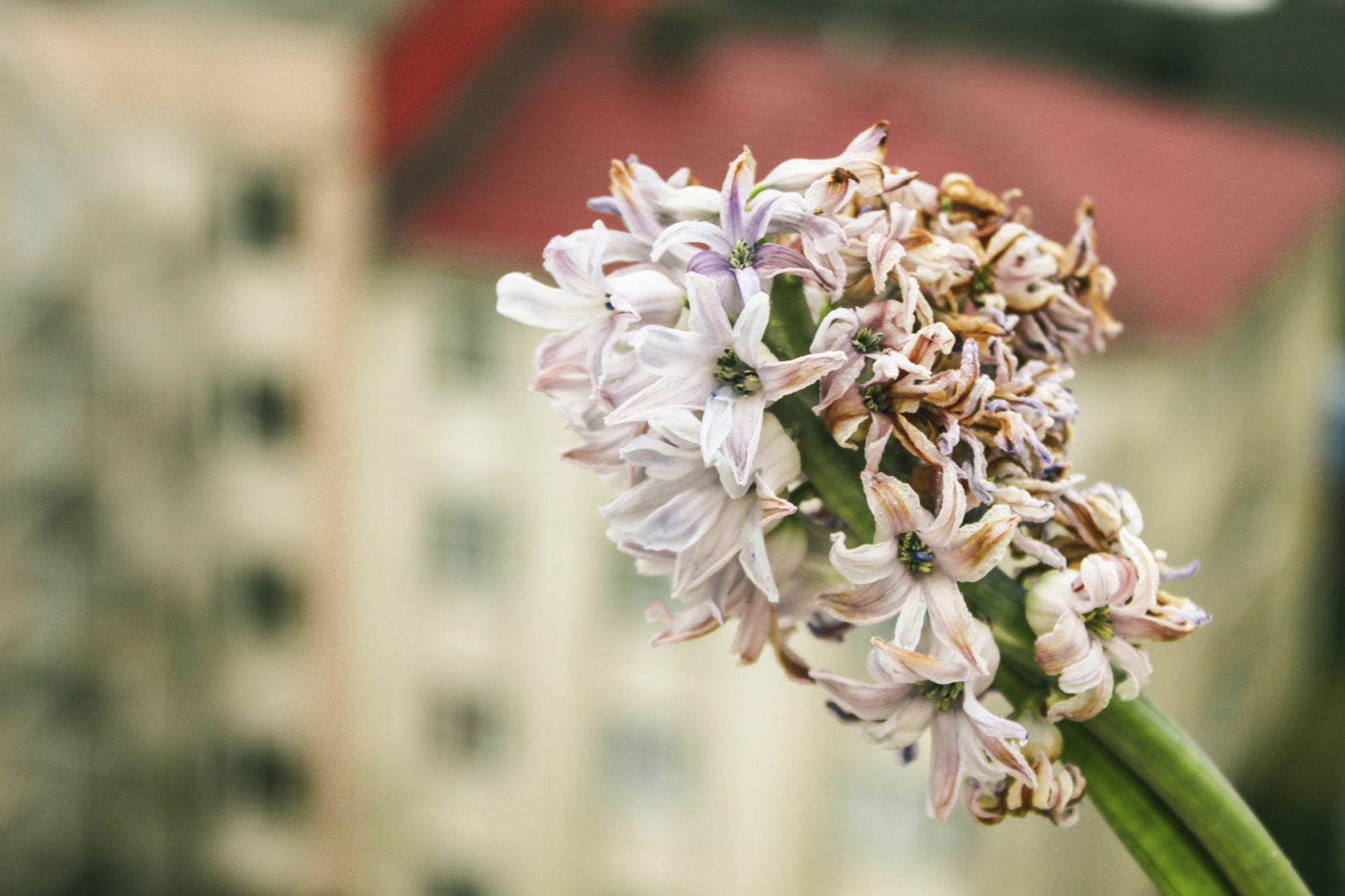

One of the most welcome signs of spring is the emergence of the fragrant and stout hyacinth. Whether grown in the ground or indoors in a pot, the flowers of this plant promise the end of cold temperatures and frost to gardeners everywhere. Unfortunately, problems aren’t uncommon, with the hyacinth plant turning brown among the most frequently encountered. Find out if your hyacinth has a real problem or if it’s just going through its normal lifecycle in this article.
Help! My Hyacinth is Turning Brown!
Before you panic because your hyacinth is browning, take a deep breath. Browning hyacinth plants aren’t always a cause for concern. In fact, it’s often just a signal that they’ve done their thing for the year and are getting ready to shed their flowers or go into dormancy. If your plant is turning brown, check these things before panicking:
- Light. Indoor hyacinths need plenty of light, but they shouldn’t be in a window with direct sunlight. Too much light can cause brown leaves on hyacinth, as well as not enough.
- Water. Root rot is another major problem with indoor hyacinths. Overwatering can cause the root system to turn into mush, inhibiting its ability to move nutrients through the plant. Yellowing and browning are signs of this problem. Unpot your plant, check the roots, and repot into it dry medium if you want to save it. Never allow plant pots to stand in water in a dish; instead, allow the excess water to drain out the bottom of the pot.
- Frost damage. Outdoor hyacinths are sometimes kissed by frost when they’re first emerging from the ground. This will usually manifest as brown spots that later grow into blotches. Prevent these spots by providing a 2- to 4-inch (5-10 cm.) layer of mulch to protect tender growth early in the season.
- Insects. Hyacinths are generally pest-free, but once in a while thrips or sap-sucking insects will attack them. Look for small insects under the leaves and inside open flower buds. If you detect movement or see what appears to be woolly or scaly growth on wilting areas of the plant, spray it with neem oil weekly until the bugs are gone.
- Fungal infections. Infections like Botrytis fungus can cause brown blooms on hyacinths. The spots from this disease are gray-brown and will rot quickly. Increasing the air circulation around the plant and watering it properly will dry out this type of infection.
Gardening tips, videos, info and more delivered right to your inbox!
Sign up for the Gardening Know How newsletter today and receive a free copy of our e-book "How to Grow Delicious Tomatoes".

Kristi Waterworth was a regular contributor to Gardening Know How for many years, answering countless queries on plant pests and diseases.
-
 Looking For Plants To Give You The Soft And Fuzzies? Try These 5 Fuzzy Leaf Plant Options
Looking For Plants To Give You The Soft And Fuzzies? Try These 5 Fuzzy Leaf Plant OptionsLovers of texture, drama, silver foliage and tactile plants will adore these special sensory garden additions. These fuzzy leaf plant options will leave you all aglow
By Susan Albert
-
 Get Ready For A Summer Of Hummers! Grow These Full Sun Hummingbird Plants and Flowers
Get Ready For A Summer Of Hummers! Grow These Full Sun Hummingbird Plants and FlowersIf you’re lucky enough to enjoy a sunny backyard, make sure you are maxing out on your pollinator opportunities and grow these full sun hummingbird plants and flowers
By Tonya Barnett
-
 Hyacinth Bulb Itch – What To Do For Hyacinth Skin Allergy
Hyacinth Bulb Itch – What To Do For Hyacinth Skin AllergyHyacinth is a popular fall planted bulb for cheerful, fragrant spring blooms. These flowers help to drive away winter glooms. Unfortunately, hyacinth irritation can be an issue. Learn more about this skin problem, referred to as hyacinth bulb itch, in the following article.
By Mary Ellen Ellis
-
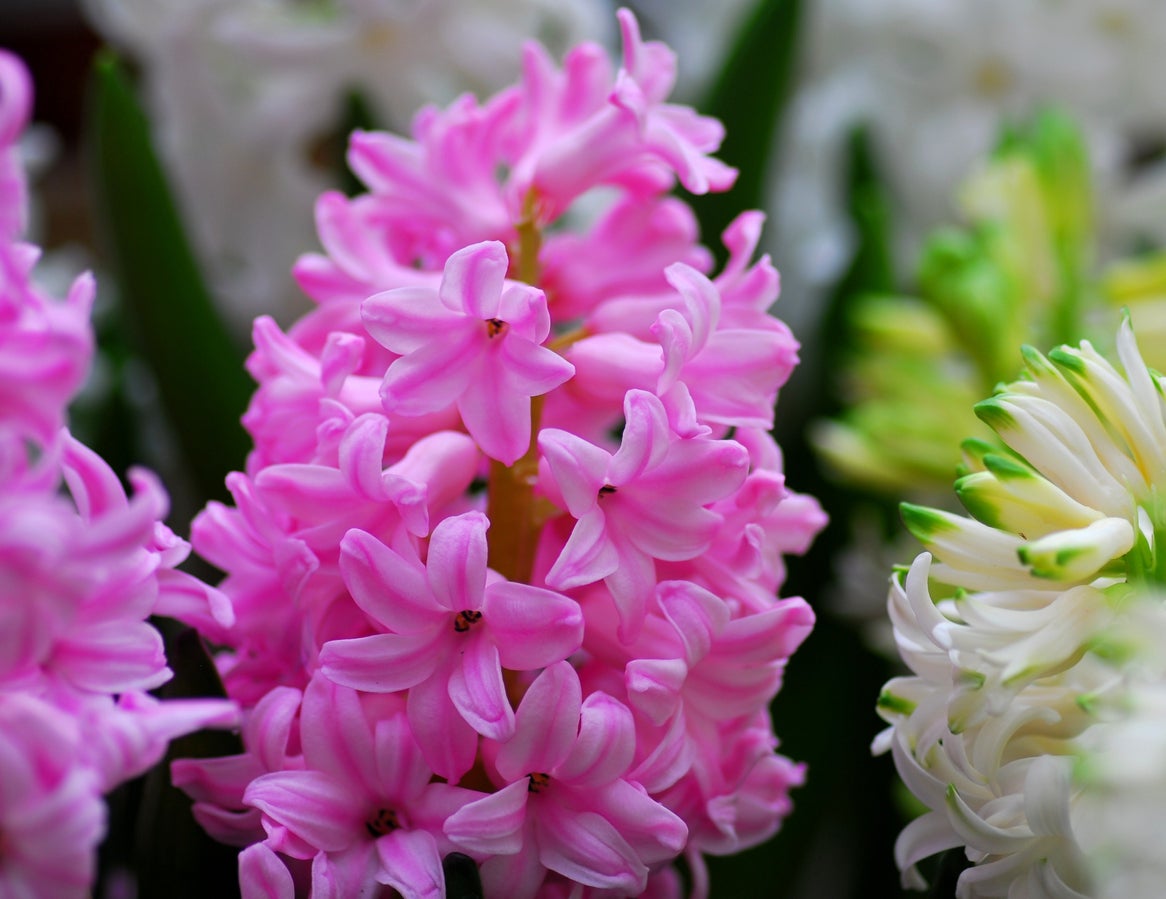 Growing Amethyst Hyacinths: Information On Amethyst Hyacinth Plants
Growing Amethyst Hyacinths: Information On Amethyst Hyacinth PlantsGrowing Amethyst hyacinths (Hyacinthus orientalis ‘Amethyst’) couldn’t be much easier and, once planted, each bulb produces one spiky, sweet-smelling, pinkish-violet bloom every spring, along with seven or eight big, shiny leaves. Learn more in this article.
By Mary H. Dyer
-
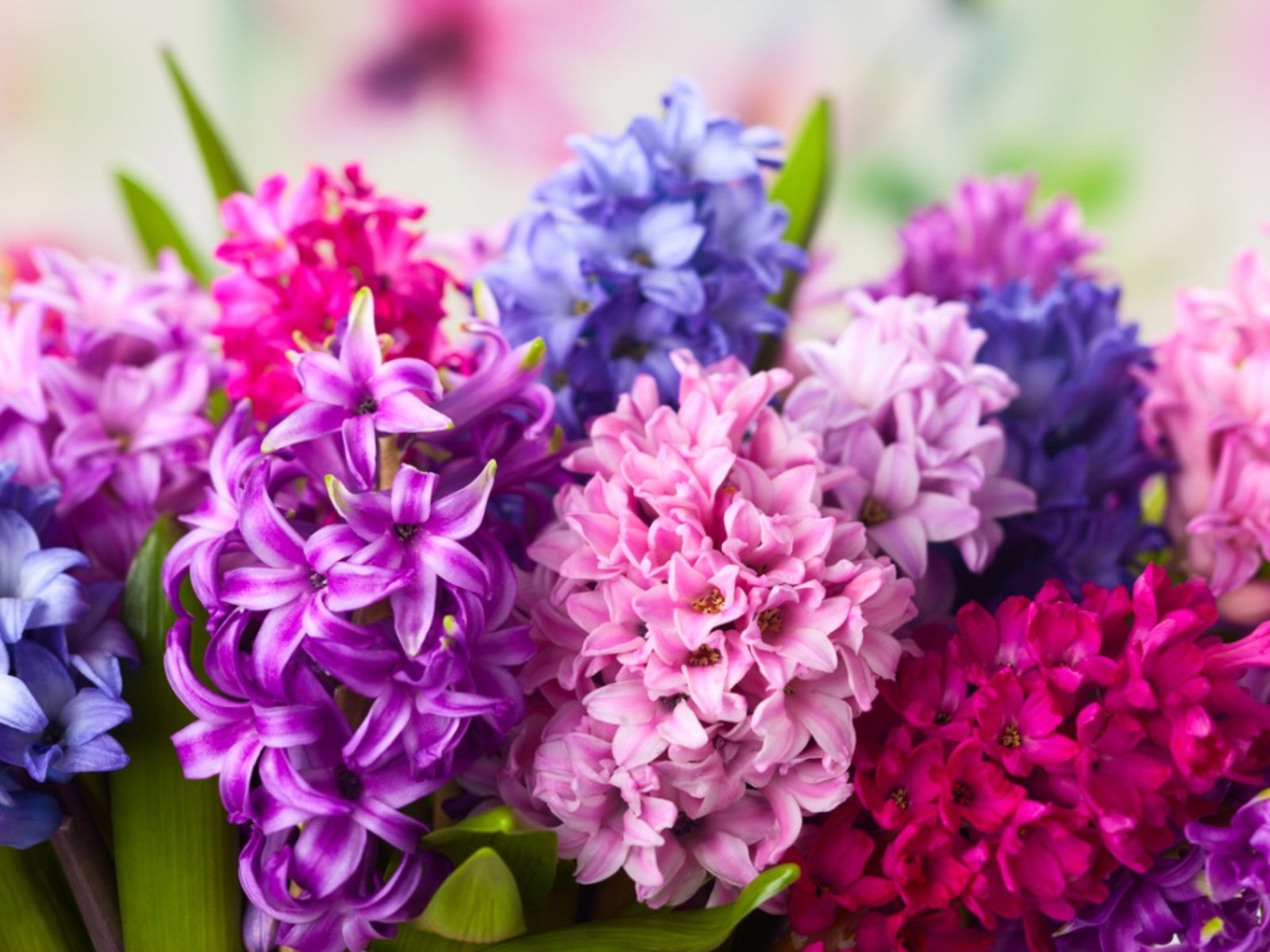 Hyacinth Seed Propagation – How To Grow Hyacinths From Seed
Hyacinth Seed Propagation – How To Grow Hyacinths From SeedAs hyacinth flowers fade and small green seed pods begin to form in their place, you may wonder, can you propagate hyacinth seeds? Click this article to learn about saving hyacinth seed and hyacinth seed propagation.
By Darcy Larum
-
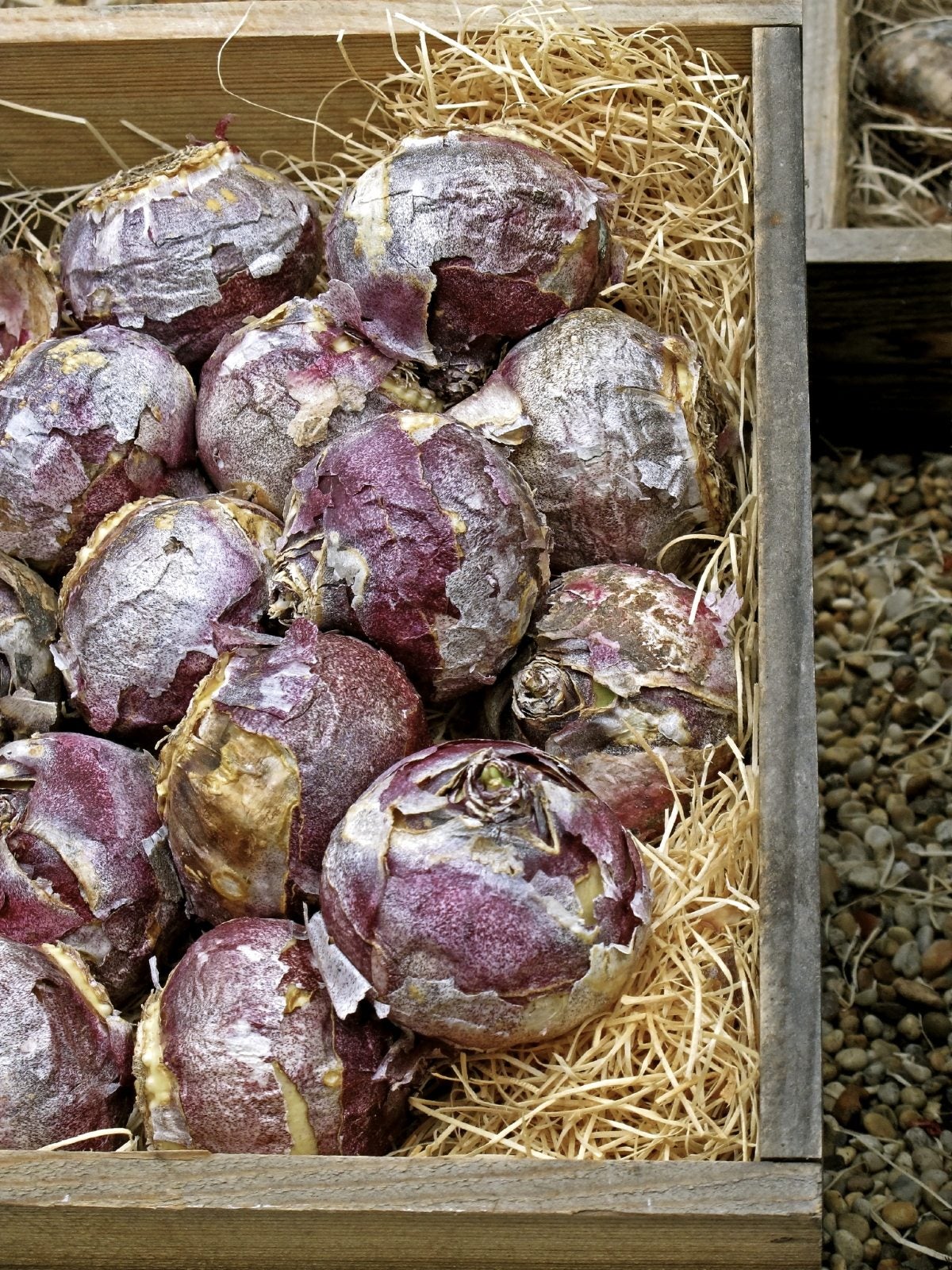 Curing Hyacinths: When To Dig Up Hyacinth Bulbs For Storing
Curing Hyacinths: When To Dig Up Hyacinth Bulbs For StoringIt's important not to dig up your hyacinth bulbs at the wrong time, or else your bulbs may not have enough energy to sprout. Learn about hyacinth bulb curing and storing hyacinth bulbs in the article that follows. Click here for more info.
By Liz Baessler
-
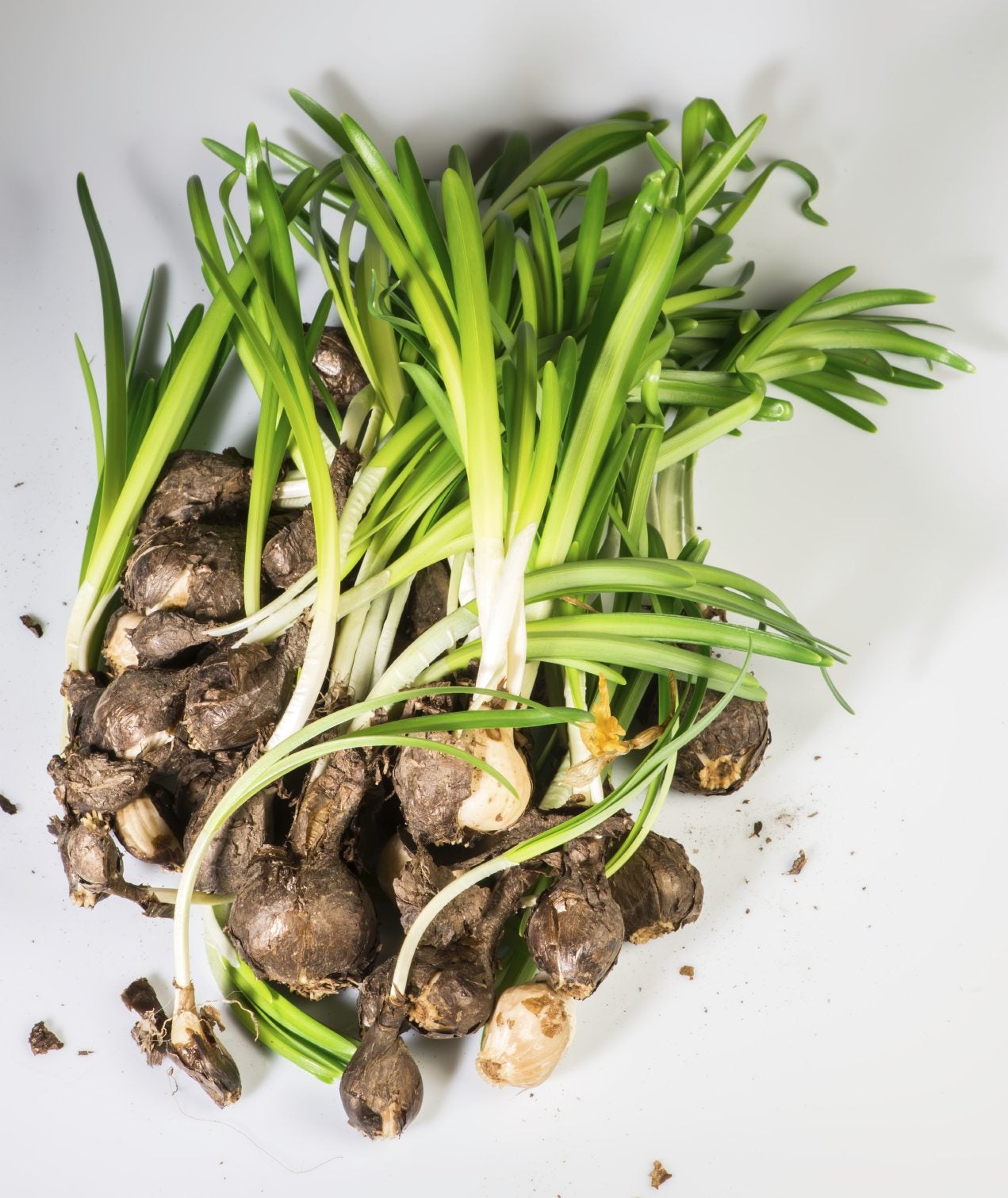 Propagating Hyacinth Offsets – How To Propagate Bulbs Of Hyacinth
Propagating Hyacinth Offsets – How To Propagate Bulbs Of HyacinthAlthough most gardeners find it easier and faster to purchase hyacinth bulbs, hyacinth propagation by seeds or offset bulbs is easier than you may think. Want to learn more about propagating and growing hyacinth bulbs? Click here.
By Mary H. Dyer
-
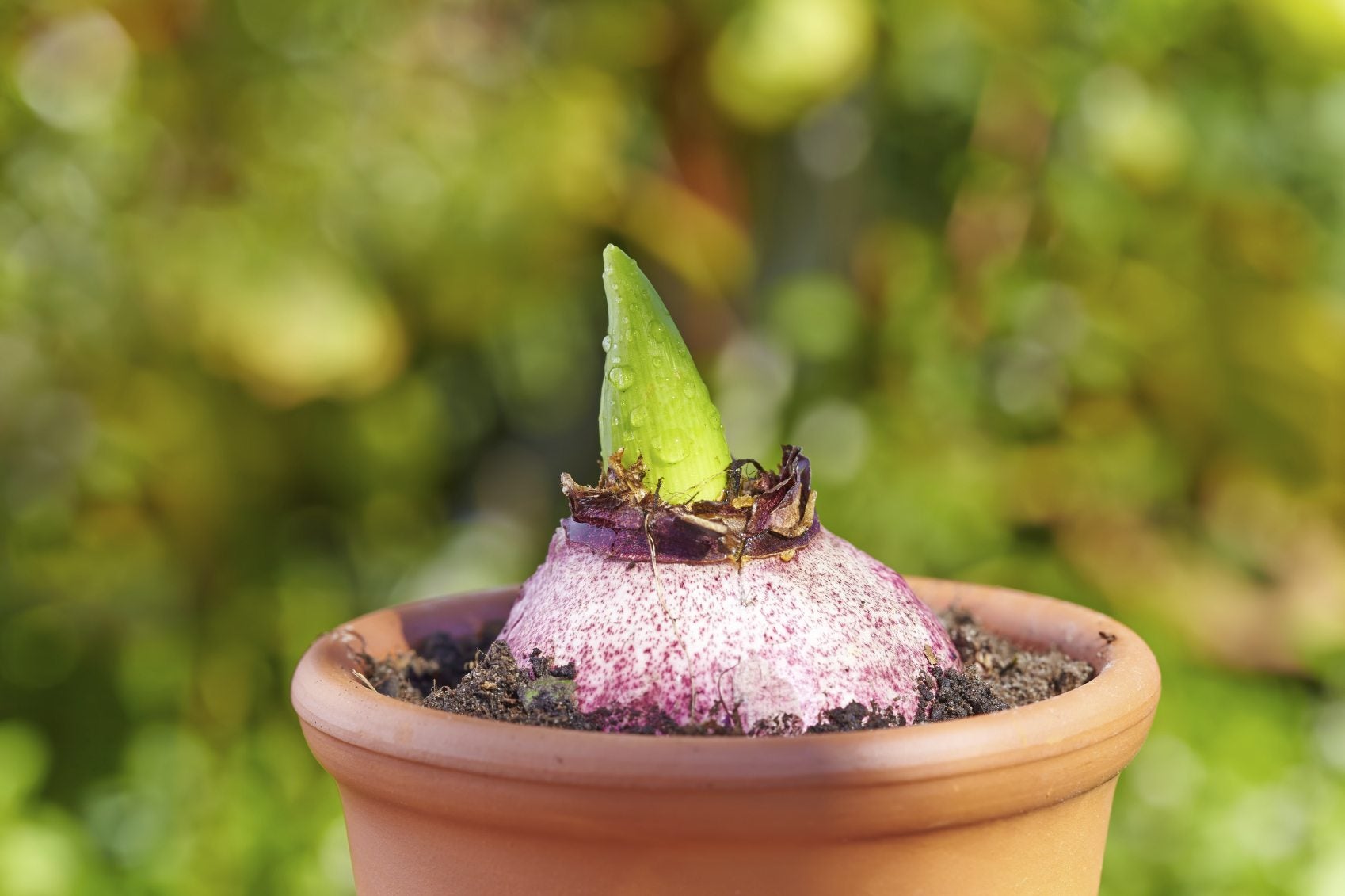 Container Grown Hyacinths: How To Plant Hyacinth Bulbs In Pots
Container Grown Hyacinths: How To Plant Hyacinth Bulbs In PotsHyacinths are famous for their pleasant fragrance. They also grow very well in pots, perfuming a patio, a walkway, or a room in your house. Learn how to plant hyacinth bulbs in pots in this article.
By Liz Baessler
-
 Indoor Hyacinth Care: Caring For Hyacinth Houseplants Post Flowering
Indoor Hyacinth Care: Caring For Hyacinth Houseplants Post FloweringBecause of their attractive flowers and delicious smell, potted hyacinths are a popular gift. Once they?re done blooming, though, don?t rush to throw them away. With a little care, you can keep your indoor hyacinth after blooming. This article will help.
By Liz Baessler
-
 Hyacinth Bud Drop: Why Hyacinth Buds Fall Off
Hyacinth Bud Drop: Why Hyacinth Buds Fall OffBud problems with hyacinth are rare but occasionally these spring bulbs fail to bloom. Finding out why hyacinth buds fall off or, worse, why they never formed buds in the first place, can take some sleuthing. This article will help.
By Bonnie L. Grant